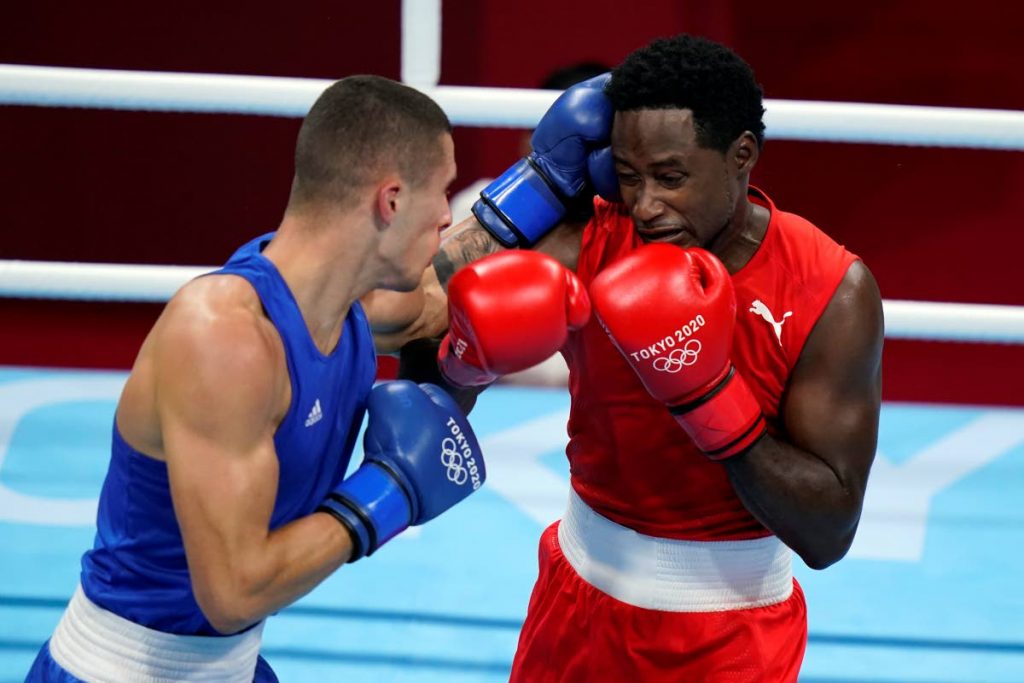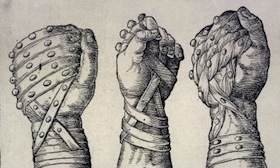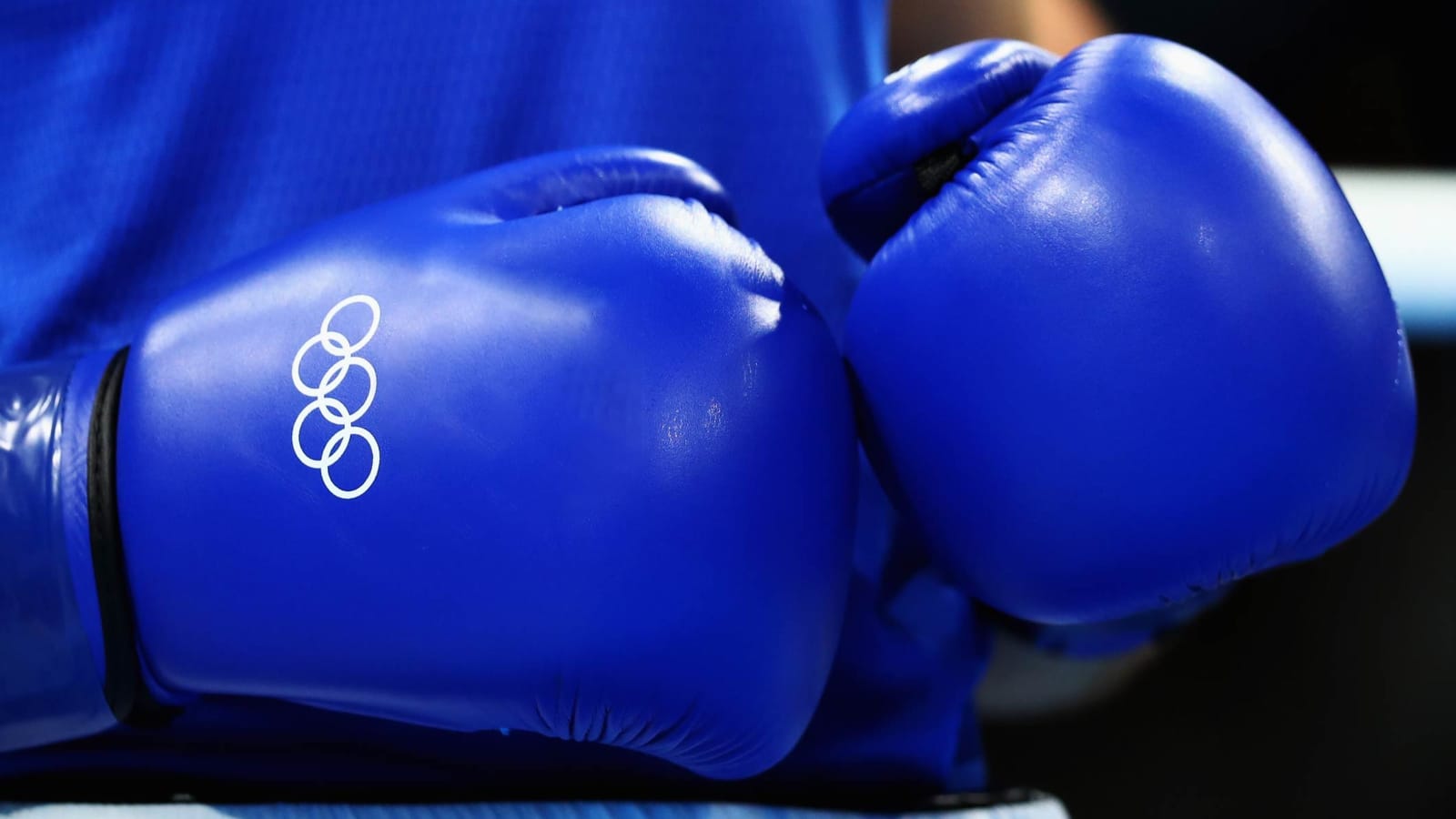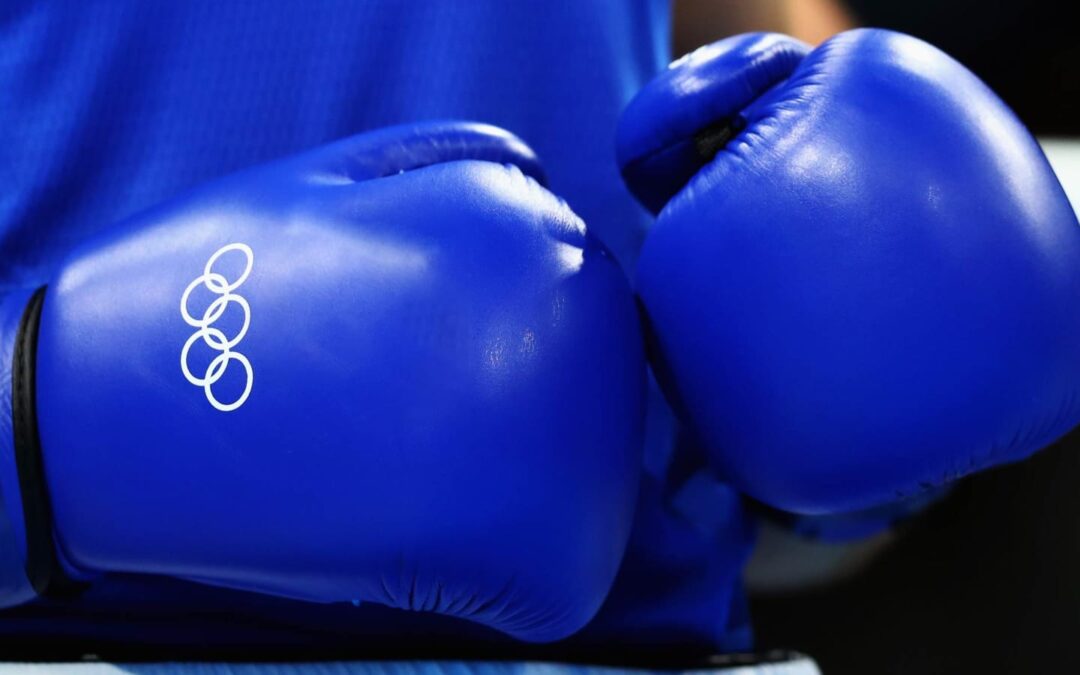I recently did a list of the top martial art sports in Trinidad and Tobago. There were a few Olympic sports, some new like Jujitsu and some old like Boxing, on the list. Therefore, for our future Olympians, and support system, I wanted to highlight the differences between the styles.
The availability, structure, and possibility for growth in the sport was analyzed in the list. Here, I wanted to highlight the differences between them that may help people choose which style to pursue. Further complicating matters are the different governing bodies within each art, where the rules are completely different!

Given the recent controversy and demotion of Olympic status, in this article I’m going to break down; the history, top two World governing bodies, Olympic competition scoring and the type of body of an athlete that succeeds for Boxing. Olympic boxing in Trinidad and Tobago is fairly well established and is a good place to start.
History of Boxing

Demonstrations of Boxing are painted on the walls in the tombs of Egyptian pyramids dating back to the 18th century B.C. in tombs of Merry-Ra and El-Minia. It was unclear if there was competitive boxing at the time however the tomb of Kheruef portrayed a ritual boxing between two Gods where Horus is victorious over Seth. This makes Boxing the oldest martial art form recorded.
The Greeks portrayed competitive fist fights in ancient Crete in 1650 BC and Boxing was a part of the 23rd Olympiad, under the name ‘Pygmachia’. Boxers would participate nude with ‘oxys’, or thin leather strips wrapped around their wrists to protect their hands. There were no ‘rounds’, as boxers would continue until one of them would yield, be knocked out or die.
In 688 BC Roman gladiators included plated metal studs into the ‘oxys’ leather straps. This made the matches more violent and deadly than the Greek version. There was a long gap in History during which boxing was not as popular, when these empires fell.
In a resurgence after the Dark Ages, England pursued many Roman culture and practices, one of which was boxing in its recent history. Although it is possible that the sport was independently developed as, there was no evidence of hand wrappings in early 17th Century English boxing matches. It was mainly practiced by the English aristocracy and used to settle disputes among nobility. Modern rules as we know it, slowly evolved during this time as the sport gained popularity. With the spread of the British to the new world, the sport further evolved in the Americas.
Olympic Boxing in Trinidad and Tobago has a long history with our first qualifying representatives, Donald Smith and Nirmal Lorick, participating in the 1984 Olympic Games.
Boxing Governing Bodies
The Boxing world is split into two styles; amateur and professional. AIBA or the Association Internationale de Boxe Amateur, or the International Boxing Association is the recognized body that governs Amateur boxing. It grew out of France and has undergone several reforms and changes as the sport continues to grow. As mentioned previously, the word amateur does NOT indicate lack of skill and as such many competitions drop the word. This word is used to differentiate the rules of the two boxing associations.
The World Boxing Association or WBA oversees ‘professional’ boxing matches and grew out of America. Since then, it has established regional organizations set up throughout the world to decentralize the sport from the Americas. This style of boxing is not in the Olympics hence I will not expand further in this article.
Boxing in the Olympics
Boxing made its modern Olympic debut in 1904, however women’s boxing was only added in 2012. The goal of a boxing match is simple: score points by landing hits on your opponent’s head (not the back) or torso (above the belt). A cadre of five (5) judges located around the ring record the landed shots from their point of view. There are three (3) rounds that last for 2 minutes each. At the end of each round, the judges decide who won, based on the accumulated points. In amateur boxing this is done by simply adding the points. In professional boxing, and adopted by Olympic boxing in 2016, the judges give the winner a score of 10, and the loser of that round can get between 7 – 9 points. The referee is in the ring to ensure the rules are followed and to determine knock-outs (K.O.) A K.O. is called when a boxer touches the floor of the ring for more than a count of ten, by the count of the referee. Regardless of points, a K.O. ends the match.
Boxers wear gloves to protect their hands and helmets to protect their heads from injury. Another change in 2016 was the removal of headgear for men.
Boxing Statistics and Divisions
Most statistics and terms for boxing are common, like wins, losses, and KO’s. However, this may not tell the complete story.
For a complete breakdown of boxing stats click here.
Division represents the weight class. As modern boxing evolved through the British Aristocracy, these weight classes are descendants of this system to ensure fighters are roughly the same size. It began as heavyweight and Light(er)weight, then they added Middleweight and Featherweight until we have the 11 weight divisions used today.
MENS WEIGHT CLASSES
| Division Name | Up to lbs |
| Light Flyweight | 108 |
| Flyweight | 115 |
| Bantamweight | 123 |
| Lightweight | 132 |
| Light Welterweight | 141 |
| Welterweight | 152 |
| Middleweight | 165 |
| Light Heavyweight | 178 |
| Heavyweight | 201 |
| Super Heavyweight | >201 |
WOMENS WEIGHT CLASSES
| Division Name | Up to lbs |
| Flyweight | 112 |
| Featherweight | 125 |
| Lightweight | 132 |
| Welterweight | 152 |
| Middleweight | 165 |
Though each division has a 6-7lbs difference, most fighters try to fight at the top weight of the division. This ensures everyone is roughly the same size with the difference being in physique.
How does body structure help in boxing?
If your opponent is around the same weight, then body type is a good indicator of the strategy a boxer will use in the ring. Age, height, and reach are three indicators used to note the difference. Age to indicate experience level, height to indicate the angle they will have to punch and reach to indicate the distance they can reliably hit the opponent.
If your opponent is taller, you would strike upward vice versa. The boxer with the greater reach would be able to score points, while staying out of range of their opponent. If your reach is shorter, you would have to practice getting inside the opponent’s guard and using quick head movements to escape dangerous blows. Again, body structure indicates the likely strategy a boxer uses, it does not indicate who will win!
Trinidad and Tobago Olympic Boxers

Six athletes have qualified to represent us for Olympic boxing in the past, with representatives in the last three successive Olympics, the sport is gaining permanence in Trinidad and Tobago.
| Name | Division | Olympics |
| Donald Smith | Men’s Light Heavyweight | 1984 |
| Nirmal Lorick | Men’s Featherweight | 1984 |
| Kurt Sinette | Men’s Light Middleweight | 1996 |
| Carlos Suarez | Light Flyweight | 2012 |
| Nigel Paul | Super Heavyweight | 2016 |
| Aaron Prince | Men’s Middleweight | 2020 |
Future of Olympic Boxing Trinidad and Tobago
The future of Olympic boxing is uncertain. Corruption and match fixing are endemic within the sport and has made its way into Olympic decisions that has caused the recent International Olympic Committee (IOC) decision to stop boxing at the Olympics. Yup, there will be no boxing in the 2028 Olympic games until/unless the AIBA addresses ‘ongoing concerns around its governance, financial transparency and sustainability and integrity of its refereeing and judging processes’.
AIBA should have their act together within the next few years, regardless the sport is extremely entertaining and will continue to be a part of human culture. The future of Olympic Boxing in Trinidad and Tobago is still bright regardless of the present hurdles. This is the current overview, we will dive into our local boxers preparations and hurdles in upcoming articles!

